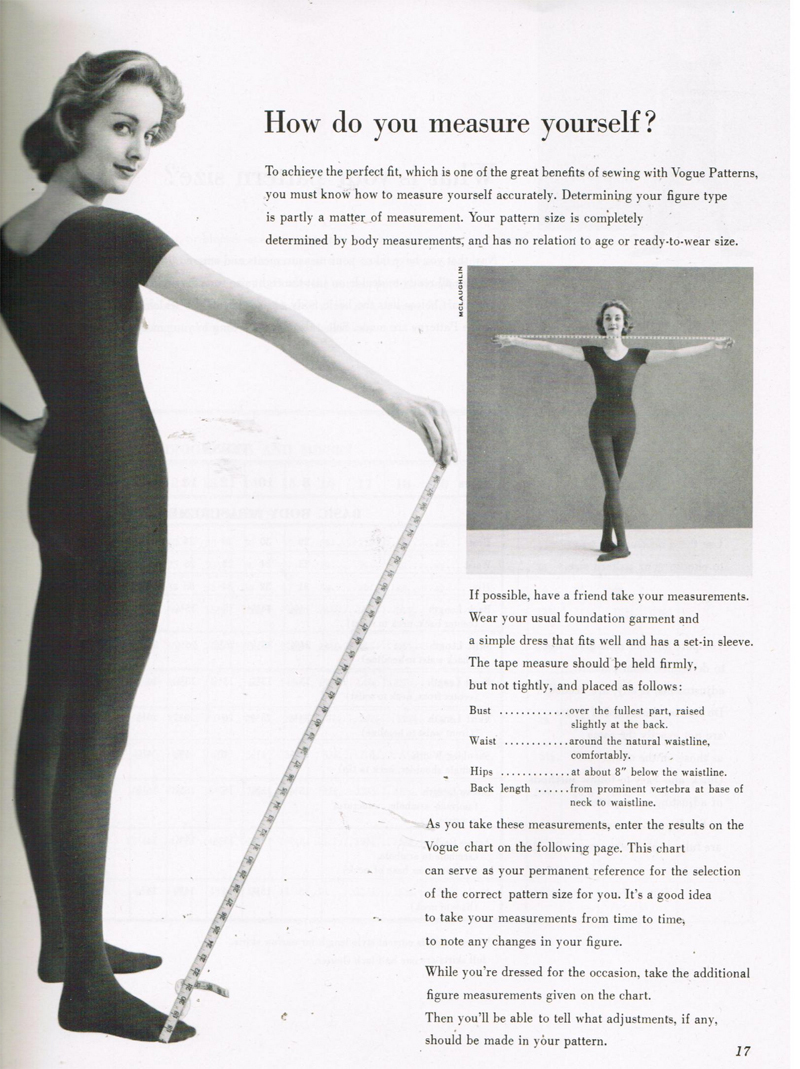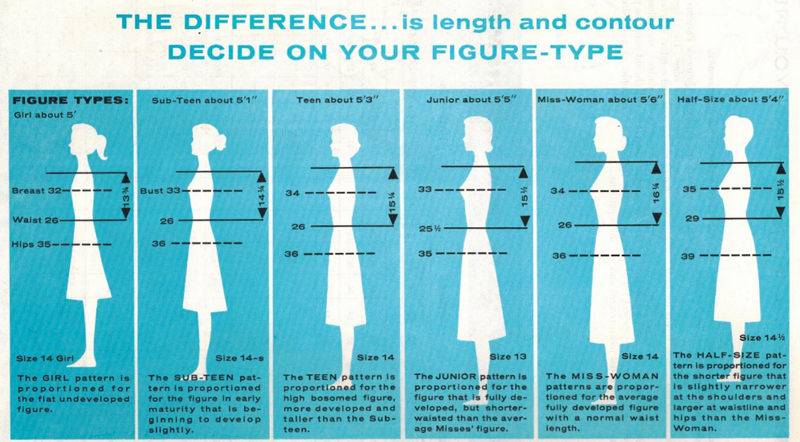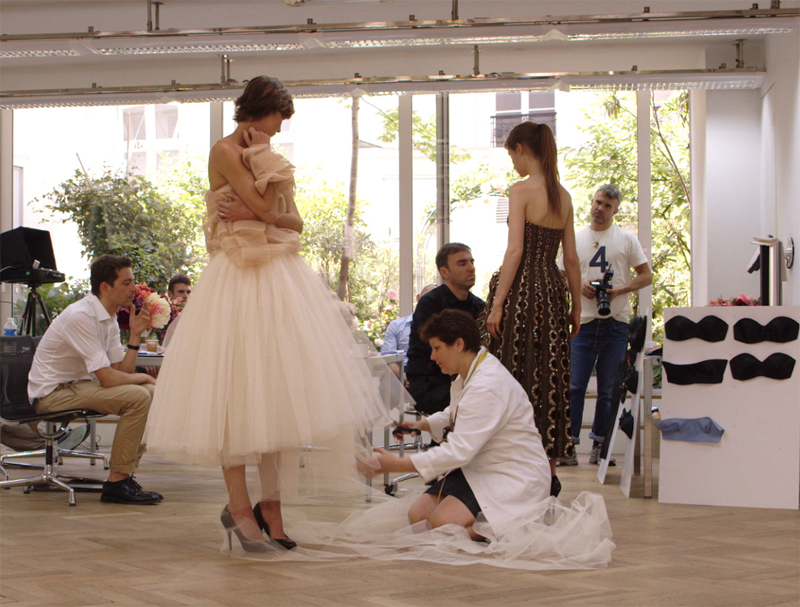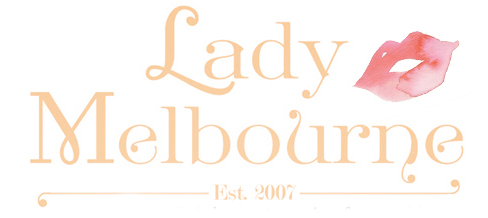“Hold on, I’ll get you a large,” said the sales assistant. I’ve never been a ‘large’ in my life. What do you mean ‘a large’ I felt like saying? What do you mean I may not fit your ideal vision on what a small or medium size looks like? My self esteem and I stood under the fluro lights in half dressed confusion awaiting this ‘large’ to arrive.
While on a recent shopping expedition I happened upon a lovely dress in Zara. The ‘S’ hadn’t fit, the ‘M’ was snug and the ‘L’ was perfect. The only other size available was XL.
If you have ever felt like this when shopping, you’re not alone. Women face this problem everyday in shops all over Australia, as there is no standard clothing size used in the Australian fashion industry.
The most recent Australian clothing standard for adult men and women was withdrawn in 2007 as it was considered no longer relevant.
And do you know why? Established in 1959, the standard was based on data from a 1926 study of women conducted by underwear manufacturer Berlei and some US Department of Commerce Standards. That’s statistics older than your nanna.


In 2009 CHOICE commissioned a study in response to a federal government review of the Australian textiles, clothing and footwear industry.
“We haven’t collected data for such a long time so there is no standard across the industry,” Elise Davidson from CHOICE said.
“Fashion designers don’t work in a bubble and they have to be aware that these issues effect their customers. They are directly marketing to their ‘ideal’ body shape, which can sometimes exclude parts of the market,” she said.
Kate Brown, a journalist who participated in the study said that shopping can be an emotional roller coaster for women when trying on clothes.
“I do worry about the effect sizing can have on young women – to find out you don’t fit into some designers ‘vision’ of what they think is the norm could have a devastating affect on self esteem and a healthy body image,” Ms Brown said.
Rather than keeping sizes consistent, designers and manufacturers are free to make up their own size specifications playing on delicate issues around weight and self-image.

Former editor of Ragtrader Tracey Porter however thinks that the fashion industry can’t be held responsible for Aussie women’s’ self-esteem.
“In reality, fashion businesses like all commercial entities have the right to target whomever they chose with their product,” Ms Porter said.
“Whether they risk alienating a particular consumer segment or miss out on sales as a result of their decision is a risk they have to take,” she said.
I bought the dress from Zara in the end, even though I stood there deliberating in the change room for 20 minutes. I felt like a twit knowing that I should be beyond what the tag said, but also knowing that if a woman of my size was being edged out of Zara, perhaps size really does matter.
